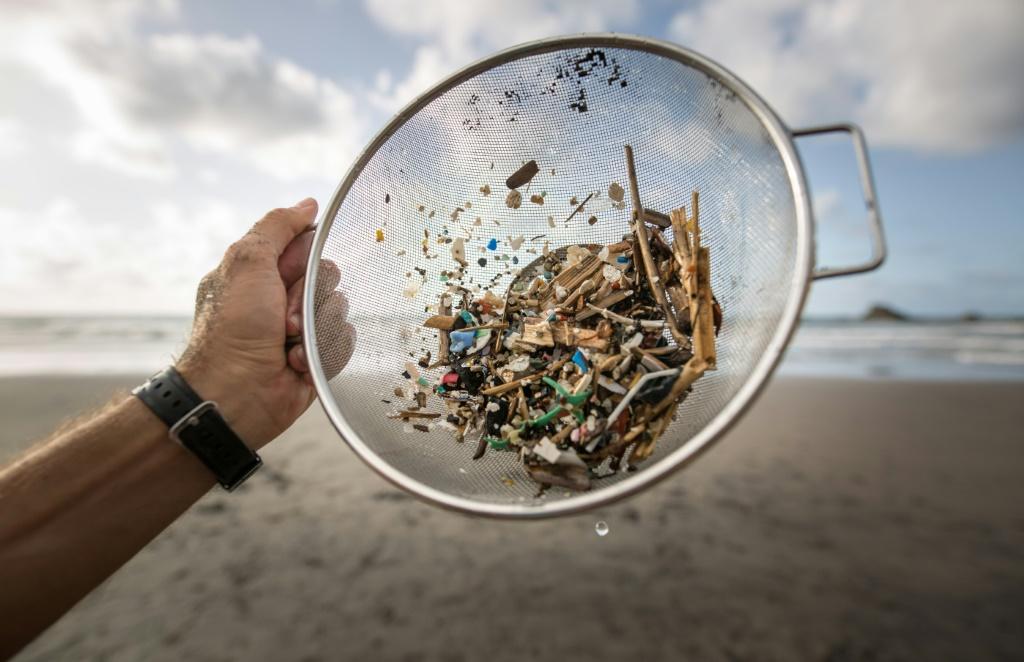KEY POINTS
- Researchers used remote sensing to spot plastics on the coast
- Plastics can be detected despite ‘shape, color or condition’
- Plastic debris is a ‘globally relevant environmental challenge’: Researchers
A team of scientists utilized satellite technology to find plastic pollution in coastal areas. Their method helped detect plastic that cannot be visibly seen in satellite images.
Plastic debris in the marine environment is a “globally relevant problem,” with an estimated eight million tons of debris entering the waters each year, noted the researchers of a study published in Remote Sensing.
“At the moment, plastic debris are tracked by passing vessels notifying authorities,” Jenna Guffogg, the study’s lead author and Ph.D. Candidate at RMIT (Royal Melbourne Institute of Technology) University, said in a university news release. “Using satellites will allow more frequent and reliable observations.”
According to the researchers, most research using remote sensing to detect debris focus on the ones that are floating in the open water. However, plastics floating on water or are partially submerged tend to have “low reflectance.” Beaches, on the other hand, also “present challenges that are unique from other parts of the marine environment.” It’s also easier to remove the debris on beaches than in the oceans, Guffogg said.
Remote sensing is the process in which the physical attributes of an area are detected by measuring the reflected and emitted radiation from a distance, such as via a satellite or an aircraft. For their work, the researchers used sensing equipment on the beaches of Australia’s Cocos (Keeling) Islands to determine how different types of plastic reflect infra-red light, RMIT noted.
“On the beaches of the Cocos (Keeling) Islands and Henderson Island, in the Indian and Pacific oceans, respectively, a variety of consumer and industrial plastics are found in high concentrations: single-use plastic bottles, containers, unidentified fragments of hard plastics, foams, soft plastic films and industrial fishing debris,” the researchers wrote.
They used “spectral library plots” to compare the “reflectance” of weathered and virgin plastics and found “little difference” in the results. According to the university, this means that plastics can be detected remotely “despite the shape, color or condition of the plastic.”
The researchers found that about 2-8% of an area must be covered in plastic, depending on the polymer, before it can be “spectrally separated” from an area that only contains sand. Through the method that they used, the researchers were able to spot the plastic waste on beaches that aren’t visible on typical satellite images, the university noted. By knowing where the plastic waste is, efforts can then be focused on those areas to clean them up.
In the coming years, satellites with better remote sensing capabilities are set to be launched, Simon Jones of RMIT, the study’s co-author, said in the news release. These could then help improve the technology for better, perhaps global, detection.
“We’re developing ways to use these new satellites in the fight against marine waste,” Jones said.
“Stopping plastic from entering the ocean is a global challenge,” Guffogg added. “But if we can find and remove them quickly, it’s the next best thing.”

